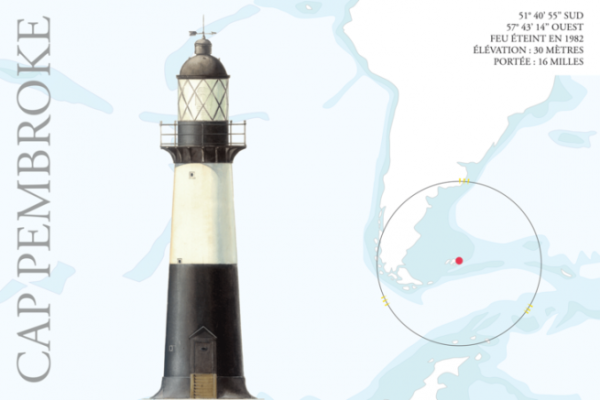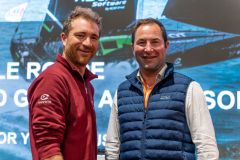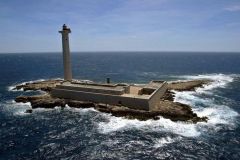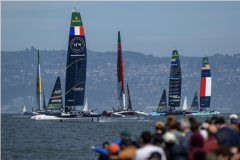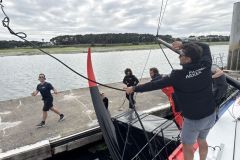After rounding Cape Horn, the climb back to Europe really begins from the Falklands archipelago. If, on the outward journey, the winds were buoyant along these South American coasts, and if the gaps are still tight between some of the competitors, it is in this ascent of the South and North Atlantic that the race will finally be decided.

Falklands or Malvinas, these islands discovered by Amerigo Vespucci in the early 16th century were in turn Spanish, English, christened Sebald by a Dutchman, then Falkland Island by an Englishman in 1690, then the Malvinas by fishermen from Saint-Malo who were accustomed to stopping off in this archipelago during their seal or whale fishing campaigns. They were first colonized by the Spanish, then by the French on Bougainville's initiative in the 18th century. The English settled there while the French occupied the island and Spain claimed sovereignty... Argentina took possession of the island in 1820, and in 1833 it was taken over by England, which defended it against a German squadron during the First World War, sinking 4 of the 5 ships in the Keiserliche Marine squadron. Things seemed to calm down until April 1982 (only 30 years ago!), when Argentina invaded the archipelago. This was followed by three months of bloody warfare that would take too long to recount here. However, it was at this time that the lighthouse at Cape Pembroke, the easternmost cape of the archipelago, was decommissioned.
The first lighthouse, a simple wooden post painted red and white, was erected in 1840 and replaced by a metal turret in the same colors in 1854. In 1906, Trinity House decided to replace this tower with a masonry structure, which was lit in 1907.
Classified as a historic monument, the lighthouse is regularly maintained until it is completely restored.
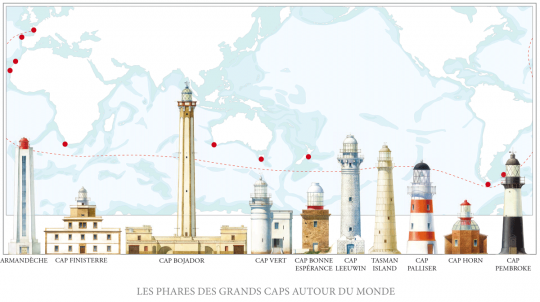

 /
/ 